At the same time, the Fed also announced that it would resume limited purchases of US government bonds, after the money market showed signs of illiquidity - a situation the Fed had said it would try to avoid.

The Fed cut interest rates for the second time in 2025.
By a 10-2 vote, the Fed lowered its key interest rate to a range of 3.75% to 4.00%, marking the second rate cut this year, as expected by investors. The move is seen as an attempt to prevent further weakening of the labor market - a growing concern within the Fed.
The Fed's decision comes amid a government shutdown that has left the Fed admitting it has difficulty accessing full economic data. The bank is forced to rely on unemployment figures from August 2025 - the most recent official jobs report.
However, the Fed said current indicators still show that the US economy is growing at a moderate rate.
The decision to cut interest rates also came with two opposing opinions: Governor Stephen Miran said that interest rates should be cut more sharply to support growth, while Kansas City Fed President Jeffrey Schmid opposed the rate cut due to concerns about remaining high inflation.
The dissents from Mr. Miran and Mr. Schmid also marked the third time since 1990 that the Fed had opposing views — one side wanting more easing, the other wanting tightening — at the same policy meeting.
According to the announcement, from December 1, the Fed will maintain the total size of its balance sheet on a monthly basis, but adjust the portfolio structure by reinvesting proceeds from maturing mortgage-backed bonds (MBS) into short-term government bills.
Immediately after the decision, US stock indexes maintained a slight increase, while government bond yields (which move inversely to prices) rose simultaneously. Traders still bet that the Fed will continue to cut interest rates once more at its December meeting, and may further loosen monetary policy in March 2026.
Inflation also did not rise as sharply as initially predicted after the Trump administration imposed new tariffs on imports, but still inched up from about 2.3% in April 2025 to 2.7% in August 2025, according to the latest personal consumption expenditures (PCE) price index released before the government shutdown.
The Fed uses PCE as its key measure to set its 2% inflation target, and in its September forecasts, policymakers projected the index could hit 3% by the end of the year.
Source: https://vtcnews.vn/fed-ha-lai-suat-lan-thu-hai-trong-nam-2025-ar984074.html


![[Photo] Prime Minister Pham Minh Chinh chaired a meeting to evaluate the operation of the two-level local government model.](https://vphoto.vietnam.vn/thumb/1200x675/vietnam/resource/IMAGE/2025/10/29/1761751710674_dsc-7999-jpg.webp)
![[Photo] Fall Fair 2025 - An attractive experience](https://vphoto.vietnam.vn/thumb/1200x675/vietnam/resource/IMAGE/2025/10/30/1761791564603_1761738410688-jpg.webp)

![[Photo] Human love in the flood in Hue](https://vphoto.vietnam.vn/thumb/1200x675/vietnam/resource/IMAGE/2025/10/29/1761740905727_4125427122470875256-2-jpg.webp)
![[Photo] New-era Party members in the "Green Industrial Park"](https://vphoto.vietnam.vn/thumb/1200x675/vietnam/resource/IMAGE/2025/10/30/1761789456888_1-dsc-5556-jpg.webp)

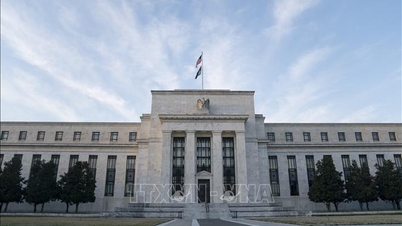



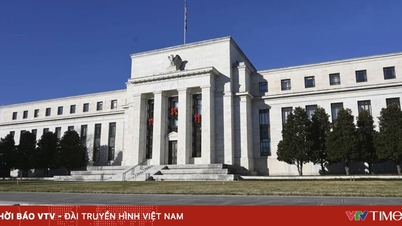

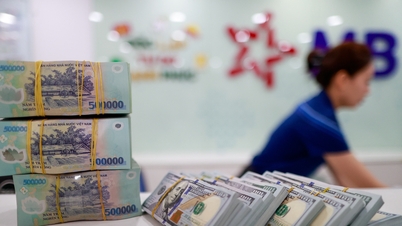


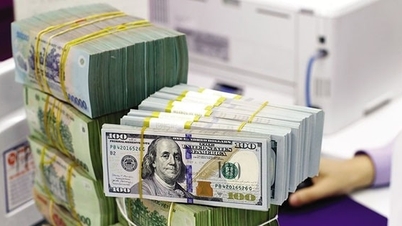





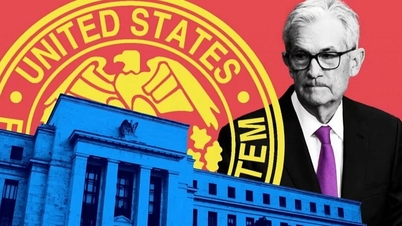
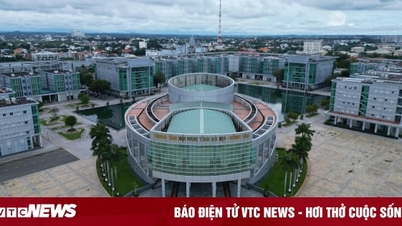








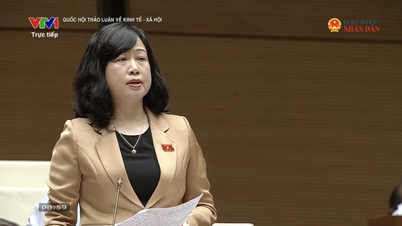




































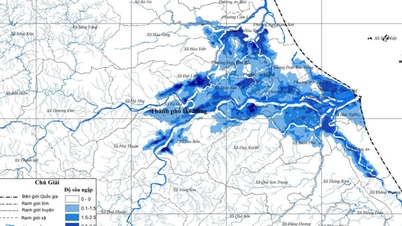
















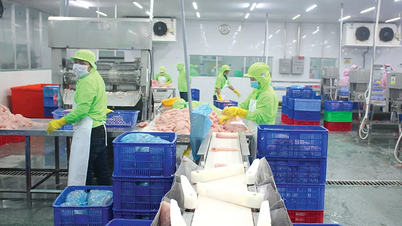




















Comment (0)